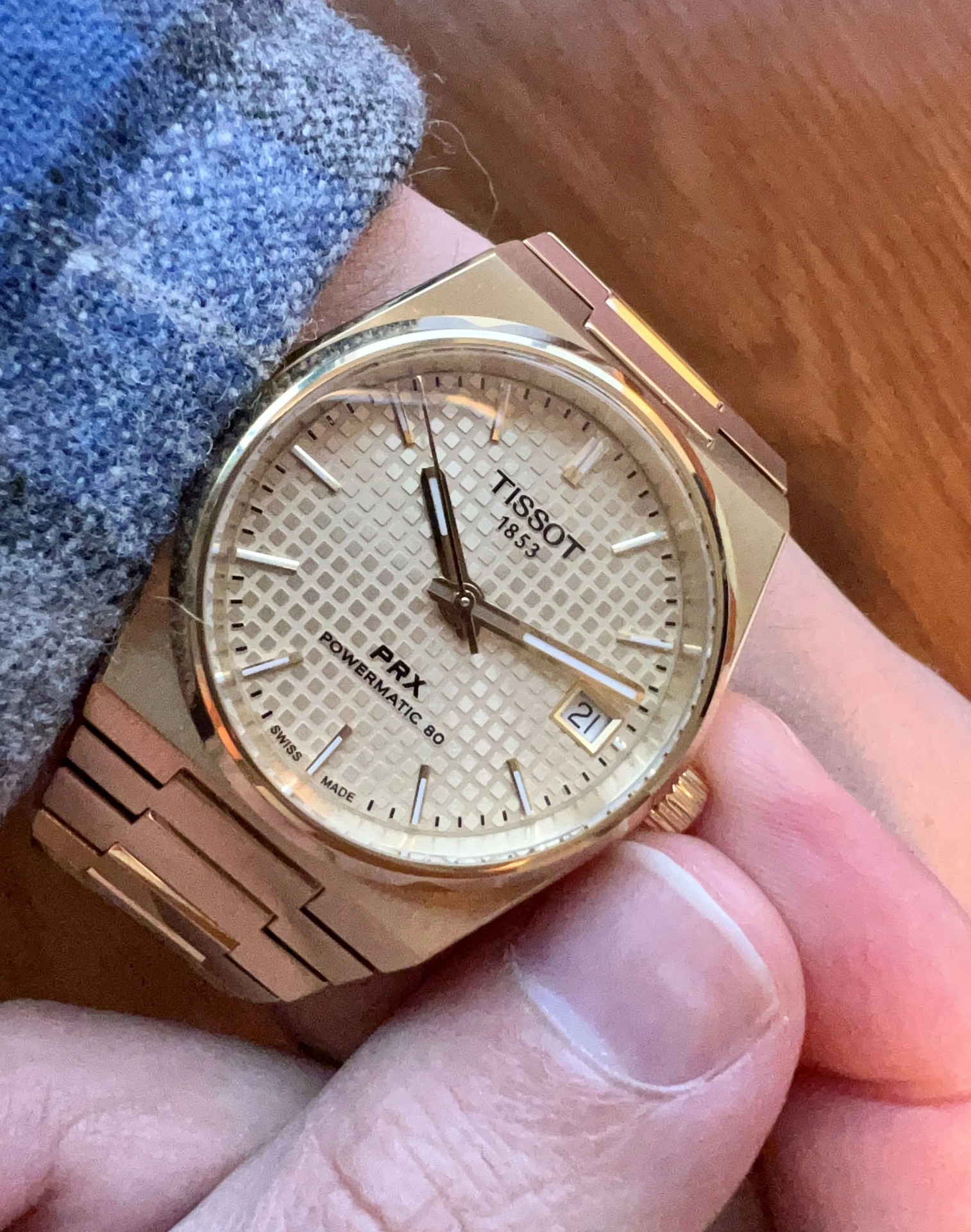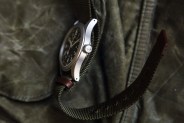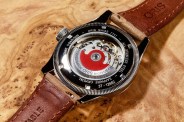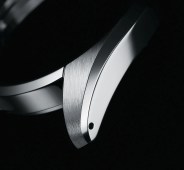Setting the time on your mechanical watch is deceptively simple, but it’s possible to unwittingly damage the delicate movement inside with seemingly innocuous actions. There are just a couple basic rules to remember: 1) Only turn the hands clockwise, and 2) only adjust the date more than 3 hours away from midnight. That’s it. But you should also understand why not to do these things.
Mechanical watches require regular attention from the user, such as setting the time and winding. These are the times when you interact most directly with the movement inside, and different watches offer different tactile feedback that is determined by the movement itself as well as how the watchmaker has constructed the case and crown. If you wear the same automatic watch daily or keep it on a winder it will require less frequent setting, but at the very least, most simple automatic watches with a date (that are not perpetual calendars) will require periodic adjustment.
Watch newbies should definitely be aware of these important watch-health guidelines along with other watch maintenance — mostly very simple stuff. Even many longtime watch enthusiasts who follow these rules, however, might not know exactly why they follow them. We spoke with the excellent watchmakers who work with Analog/Shift and got the technical details. These principles should generally apply to most common watches and movements.
Don’t Set Your Watch Counterclockwise
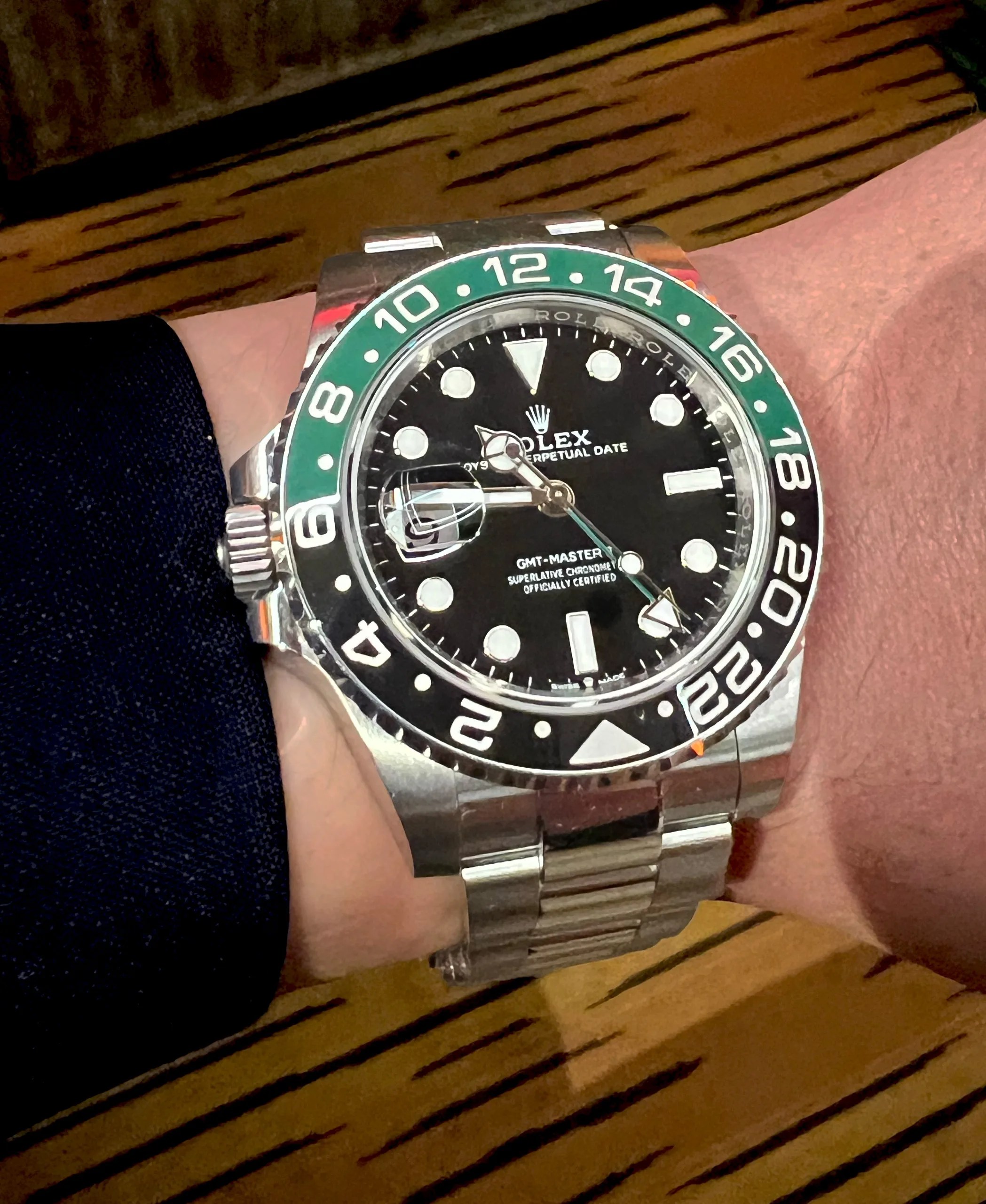
How It Works: It’s called “clockwise” for a reason: That’s the way it’s designed to go! Unlike setting the date incorrectly (see below), going the other way does not risk immediately breaking your watch. Rather, it causes undue wear on the gear train, much more so than normal operation.
If done regularly over time, this wear can have adverse effects on the watch’s overall health. If you space out and overshoot the exact time you’re aiming for (it happens), turning it back slowly a couple minutes isn’t such a big deal and is far easier than spinning through another 24 hours and cycling through the date (see below) again. Consider this a best practice.


